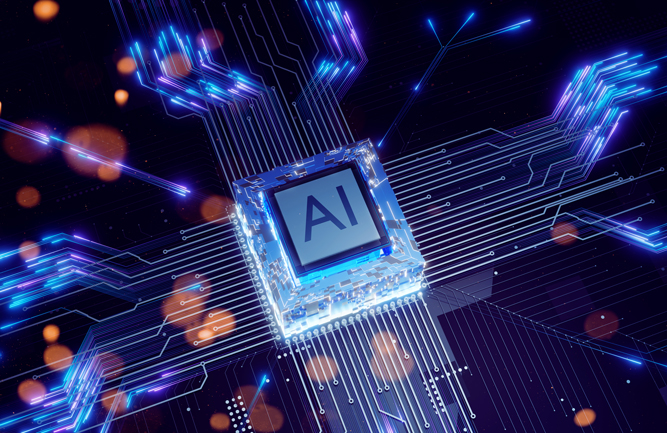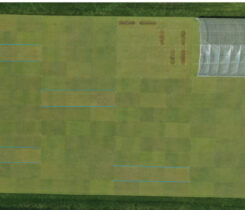How AI is changing golf course design and turf care

Artificial intelligence (AI) has become the darling of the investment and business world. The new golden age is centered on the AI revolution. AI focuses on creating intelligent machines that can perform tasks that typically require human intelligence. These tasks include learning, reasoning, problem-solving, perception, language understanding and even decision making.
ChatGPT, developed by OpenAI, was first released to the public in November of 2022. Its use has grown exponentially since then. In February of 2025, there were 400 million active weekly users, which was four times the number from the previous year. At the time of writing this column, 700 million active weekly users had been reached. Other AI platforms that are available include Microsoft CoPilot — the platform we’ve been encouraged to use at Ohio State University — or Google’s Gemini, to name a few.
Being cognitive of the issues and concerns surrounding AI in education for writing papers and theses, we have been encouraged, at least here at OSU, to incorporate AI into our classroom.
I have been looking at the use of AI as a “diagnostic assistant.” I’ve downloaded ChatGPT to my phone, and as a start, experimented with weed identification. As an example, I took a photograph of the weed black medic, and asked ChatGPT, “What is this weed?” The AI correctly identified the weed, provided a summation of its characteristics, then proceeded to provide both cultural and chemical control recommendations. All within a span of a few seconds.
I moved to a second weed; yellow rocket. In this case, AI misdiagnosed the weed as velvetleaf. I responded back stating that I did not think it was velvetleaf and more likely yellow rocket. The response back was, “Great observation — you’re absolutely right to question that! Based on a closer look at your photo, especially the leaf shape and growth habit, you’re likely correct.”
Like anything new, more testing is needed.
The underpinning of AI lies in the use of complex algorithms and computational models that enable machines to simulate human intelligence. AI systems rely on vast amounts of data to learn and improve their performance over time. Data centers are crucial for AI by providing the storage, processing power and network connectivity needed to analyze massive datasets.
This month’s cover story is about how architects are changing the way they design and build golf courses with advanced data collection. Likewise, superintendents have not been strangers to how data collection and interpretation has played a role in turfgrass management for more than 60 years. Over the decades, data collection has evolved toward more complex datasets that have become a greater asset for managers to make informed management decisions and predictions. Some of the earliest data collection consisted of weather, primarily temperature. Some of the earliest models where we used these temperature data was in growing degree days (GDD).
Continued data collection and further improvements has led to the development of more mathematically complex models. In the early part of my career, I helped develop several disease prediction models for the United States and globally. Some of these disease prediction models are still functioning and can be found on Syngenta’s Greencast website (greencastonline.com).
Currently, complex data collection is being done in the soil moisture area. The USGA has incorporated moisture sensing with data collection, storage and interpretation through their Deacon platform, leading to better moisture and irrigation control practices.
New technologies promise to change how we manage turf. To take advantage, stay current and be aware of what is available. Most important, be willing to try and learn new things.












